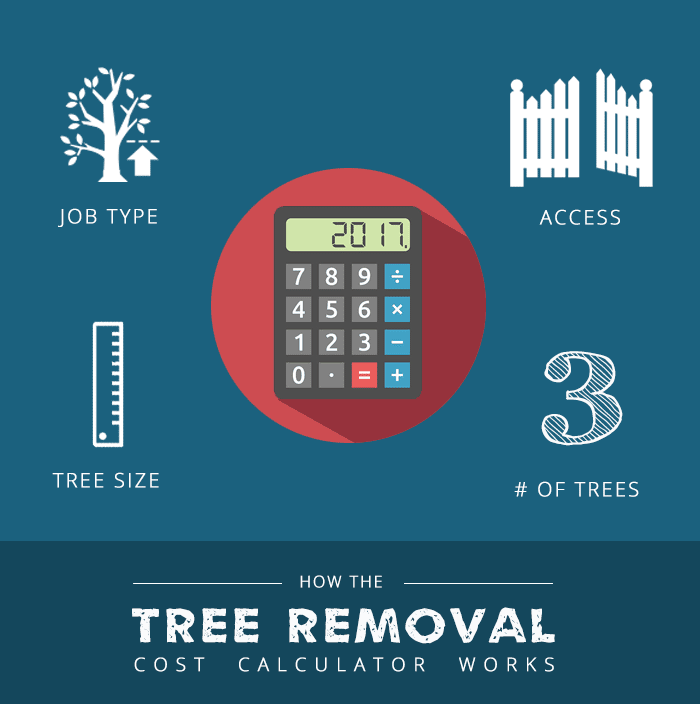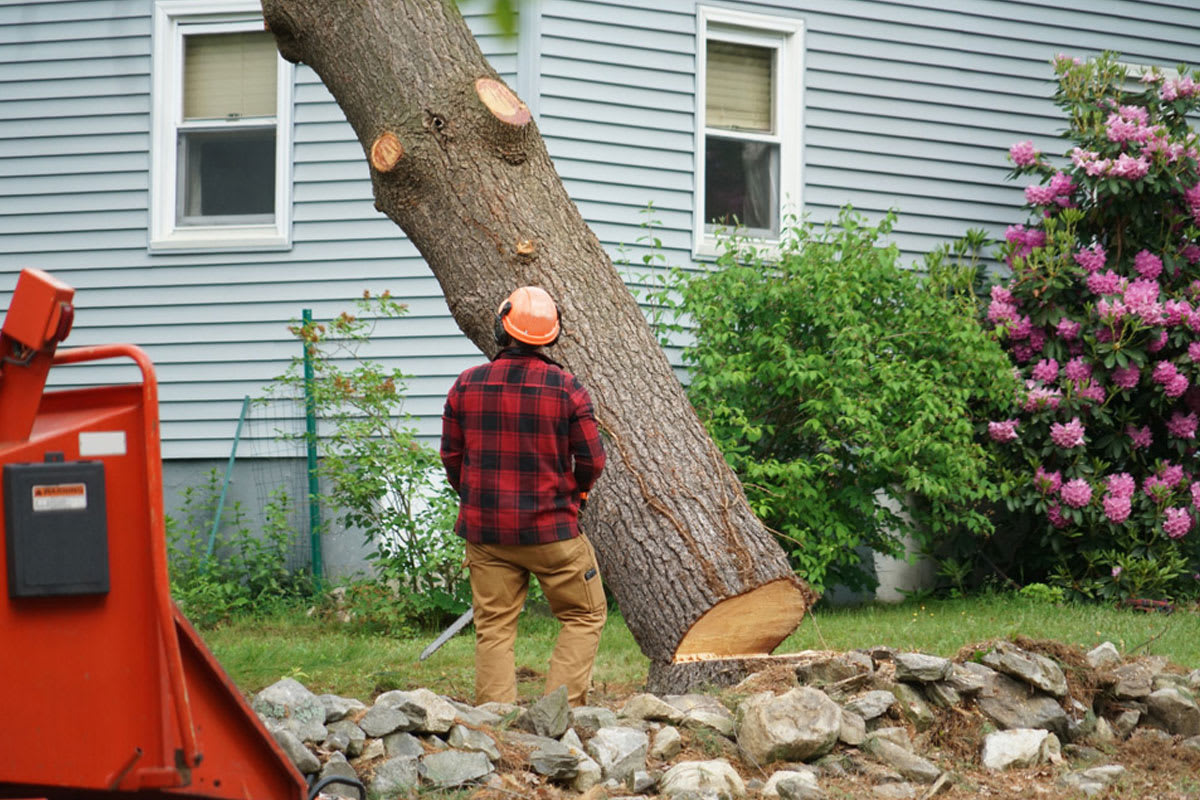Featured
Table of Contents
- – Professional Tree Clearing At Fair Prices In W...
- – Whispering Pines, NC: Typical Tree Clearing Co...
- – Whispering Pines, NC Stump Removal Maintenanc...
- – Are A Stump Removal Affordable In Whispering ...
- – Top Arborist Reviews In Whispering Pines, NC
- – Whispering Pines, NC Tree Cutting Cost Breakd...
- – Average Tree Removal Costs In Whispering Pine...
- – Get Instant Tree Trimming Estimates In Whisp...
- – Whispering Pines, NC Tree Removal Cost Estim...
- – Automated Stump Removal Costs In Whispering ...
- – Commercial Tree Removal Costs In Whispering ...
- – How To Save Money On A Tree Trimming In Whis...
- – Leading Tree Cutting Companies In Whispering...
- – Leading Value Tree Service In Whispering Pin...
- – Best Tree Clearing Services In Whispering Pi...

The subsections below supply more in-depth info about prices, consisting of an average range for each. TypeAverage Removal CostPineConiferPalmMagnoliaArborvitaeAshCedarSweet GumEucalyptusSycamoreCypressOakMaplePoplar You can anticipate to pay between to get rid of a pine, depending upon its size. Removing a pine is one of the more budget friendly tasks unless it is one that has actually been around for several years and is quite large.
Professional Tree Clearing At Fair Prices In Whispering Pines, NC
Pines likewise have a tap root that grows deep into the soil, which can prove to be harder to get rid of. The process itself includes an expert cutting the tree, clearing the base, cutting the surface roots, eliminating the stump, and lastly dealing with the soil. Without an expert hand, you risk leaving pine seedlings behind, which will fall from the roots of distressed pines.
Whispering Pines, NC: Typical Tree Clearing Costs
The U.S. nationwide average for conifer removal is roughly to have the conifer cut down, hauled away, and the stump ground or removed totally. Conifers are usually much easier to get rid of, and even though they can grow rather high, they do not cost a fortune to get rid of. Conifers consist of pine, spruce, fir, and juniper trees.
Whispering Pines, NC Stump Removal Maintenance Plans: Costs
While conifers are gorgeous, they kill native plants and certain kinds of turf. This is since they require a lot of water and nutrients to endure, so they leach it off surrounding plants. They likewise have an expansive network of roots, which can impact your home's structure. The typical cost of palm removal depends upon the height as much as the type, ranging from.
Are A Stump Removal Affordable In Whispering Pines, NC?
That is why it is very important to understand which type you are eliminating. While you do not need an herbicide to eliminate a palm tree, there are some actions your elimination specialist will need to take to make sure the job is done correctly. There are 2 methods they can eliminate them: by slicing them down or digging them up.
Top Arborist Reviews In Whispering Pines, NC
This is since little animals like rats and scorpions typically live in them. Plus, lots of types will have spikes, too. From there, they remove the real tree and after that the stump. Anticipate to pay between to eliminate this type of tree, depending on the precise size and details of the task.
Whispering Pines, NC Tree Cutting Cost Breakdown
There are 3 types: green, white, and black ash. With its gray-tinged bark, its leaves are green or purple in the spring and golden yellow or purplish-red in the fall.
Average Tree Removal Costs In Whispering Pines, NC

Due to the variation in height, the removal rate variation is broad from. A coniferous, evergreen tree, the cedar is a sturdy types.
Get Instant Tree Trimming Estimates In Whispering Pines, NC
The growth of incorrect cedars differs from 50 feet as much as 230 feet high. Homeowners might pay anywhere from, depending upon the roots. With star-shaped leaves and spectacular fall colors, the sweet gum is thought about a medium to large tree. Enjoying full sun, the sweet gum can not endure pollution.
Whispering Pines, NC Tree Removal Cost Estimate For Homeowners
Usually, it costs between to eliminate a eucalyptus. Eucalyptus are not common all over, but they are rather big compared to others, which is why even the smaller sized ones are so costly to get rid of.
Automated Stump Removal Costs In Whispering Pines, NC
There are a handful of methods to do this, including burning, pulling, grinding, or killing them with herbicide. Expect to pay in between to eliminate sycamores, based on the height, trunk size, and quantity of work included. Sycamores are among the biggest hardwood trees, normally varying from 60 to 100 feet tall and as wide as 15 feet.
Commercial Tree Removal Costs In Whispering Pines, NC
The very first two steps will expose the insides of the tree and cut off the flow of nutrients up the trunk. From there, a professional applies herbicide to eliminate the tree and cuts down the trunk.
How To Save Money On A Tree Trimming In Whispering Pines, NC
There are various kinds of Cypress trees, but the most widespread are the Leyland, Arizona, Bald, and Italian. The Bald Cypress grows in swampy or extremely moist locations while the others enjoy a dry, warm, or hot environment (stump removal). They can grow as high as 80 to 100 feet high
Leading Tree Cutting Companies In Whispering Pines, NC: Pricing

Prone to illness, the Cypress is one of the most prized woods for furniture. The average oak grows to around 60 feet, and depending upon the intricacy of the elimination, it costs approximately to eliminate. The exact size of your oak and the effort required to fell it impact what you will in fact pay for elimination together with any additional services like stump grinding.
Leading Value Tree Service In Whispering Pines, NC
Access to the trees and the roots will also impact the total expense. Maples can easily mature to 100 feet or more and generally cost in between to get rid of from your residential or commercial property. The final rate depends on the actual height and complexity of the task. Maples are typically amongst the more pricey trees to remove because of their size and the work included in the removal.
Best Tree Clearing Services In Whispering Pines, NC: Pricing
Poplars are giants of the types. Growing as high as 90 to 115 feet, these huge woods are generally discovered in The United States and Canada and consist of the aspen, cottonwood, and balsam trees. Boasting an expansive root system, poplars can be costly to get rid of when totally grown. The procedure to eliminate trees involves all the trimming and cutting of the branches and trunk, bringing it down to a stump.
Table of Contents
- – Professional Tree Clearing At Fair Prices In W...
- – Whispering Pines, NC: Typical Tree Clearing Co...
- – Whispering Pines, NC Stump Removal Maintenanc...
- – Are A Stump Removal Affordable In Whispering ...
- – Top Arborist Reviews In Whispering Pines, NC
- – Whispering Pines, NC Tree Cutting Cost Breakd...
- – Average Tree Removal Costs In Whispering Pine...
- – Get Instant Tree Trimming Estimates In Whisp...
- – Whispering Pines, NC Tree Removal Cost Estim...
- – Automated Stump Removal Costs In Whispering ...
- – Commercial Tree Removal Costs In Whispering ...
- – How To Save Money On A Tree Trimming In Whis...
- – Leading Tree Cutting Companies In Whispering...
- – Leading Value Tree Service In Whispering Pin...
- – Best Tree Clearing Services In Whispering Pi...
Latest Posts
How Much Should A Tree Cutting Cost In Sunrise Manor, NV?
Choosing The Right Tree Clearing In West View, PA: Price vs Quality
How Much Should You Pay For A Arborist In Whispering Pines, NC
More
Latest Posts
How Much Should A Tree Cutting Cost In Sunrise Manor, NV?
Choosing The Right Tree Clearing In West View, PA: Price vs Quality
How Much Should You Pay For A Arborist In Whispering Pines, NC